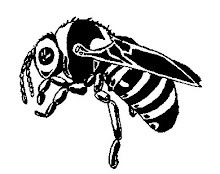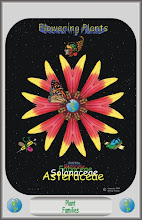


Maximilian's Sunflower (Helianthus maximilianii)
Maximilian's Sunflower, blooming from late summer through the fall, provides the roadsides with a beautiful splash of yellow. Although preferring to grow grow in rocky, hilly habitats they may be found in a variety of places including roadsides, fields, pastures and prairies.
Found in the central United States, it was named after the famous Prince Maximilian, a explorer from Germany, a naturalist, who traveled the western regions of the United States in the 1830's.
This plant can reach heights of 10 feet and produces yellow flowers to 3 inches or more in diameter. This plant can be distinguished by the fine gray hairs on the leaves which give the plant its muted green or grayish color. Another species the Willow-leaved Sunflower (Helianthus salicfolius) similar to the Maximilian's Sunflower have long narrow reddish leaves and fine hairs.
As with the Common Sunflower, this sunflower is important for birds and insects, such as the Pennsylvania Leatherwing, who eat the pollen and seeds, and mammals such as rabbits, cattle and other grazing animals which consume the plants.
The plant has many uses, including food (sunflower seeds and oil) ,for wildlife and humans and planting for erosion control. In the past Native Americans have use it as a source of dye, food, oil, and its fiber for thread.







No comments:
Post a Comment